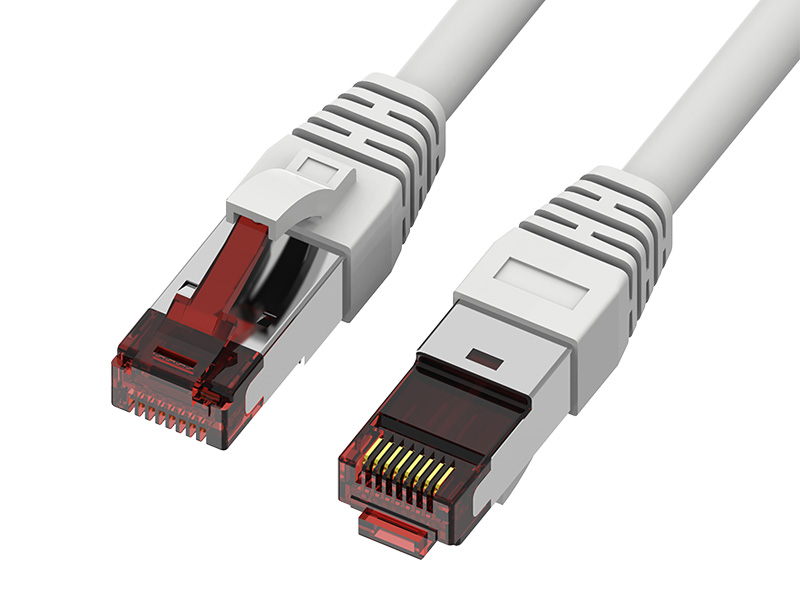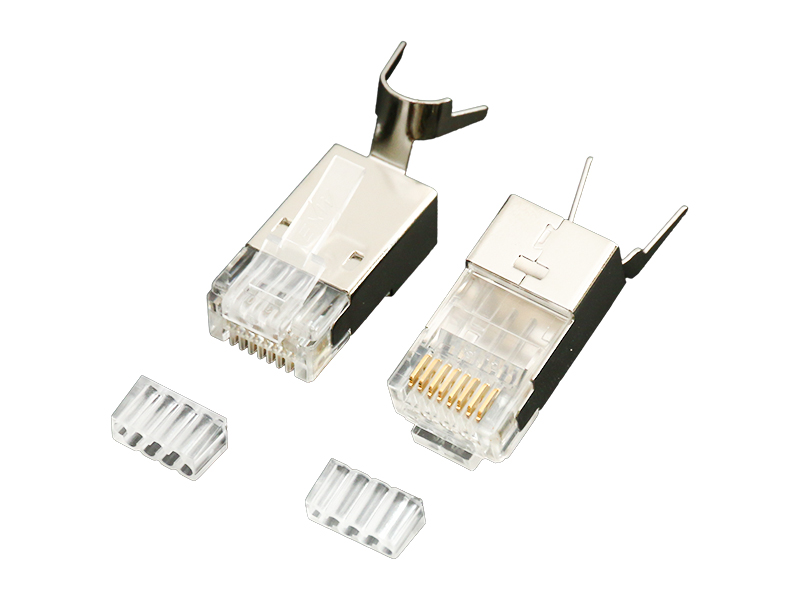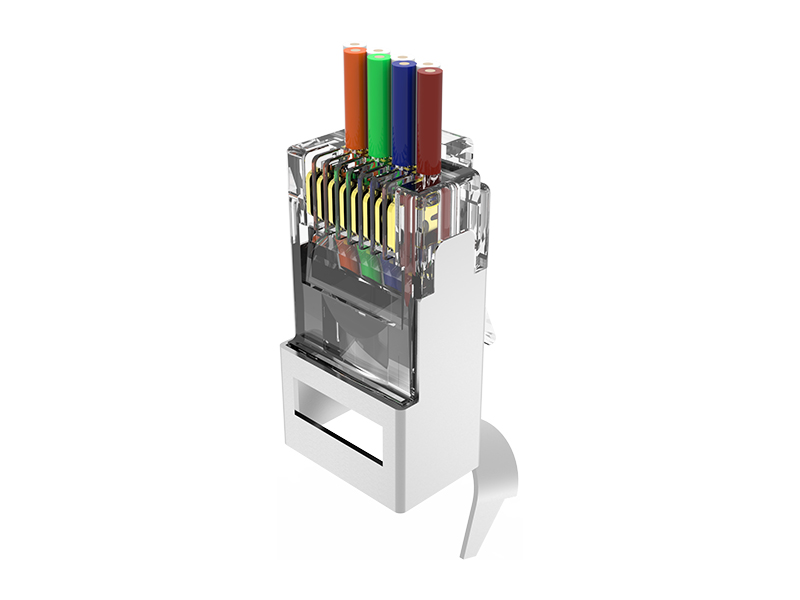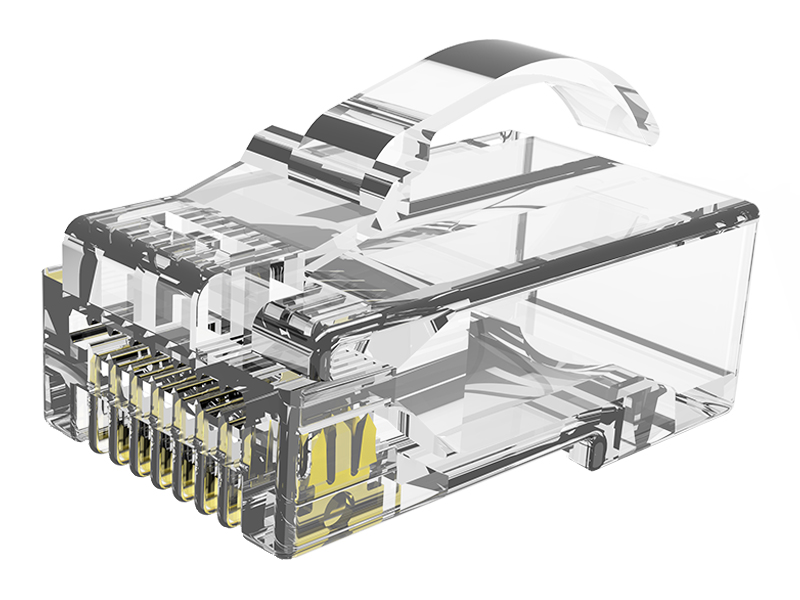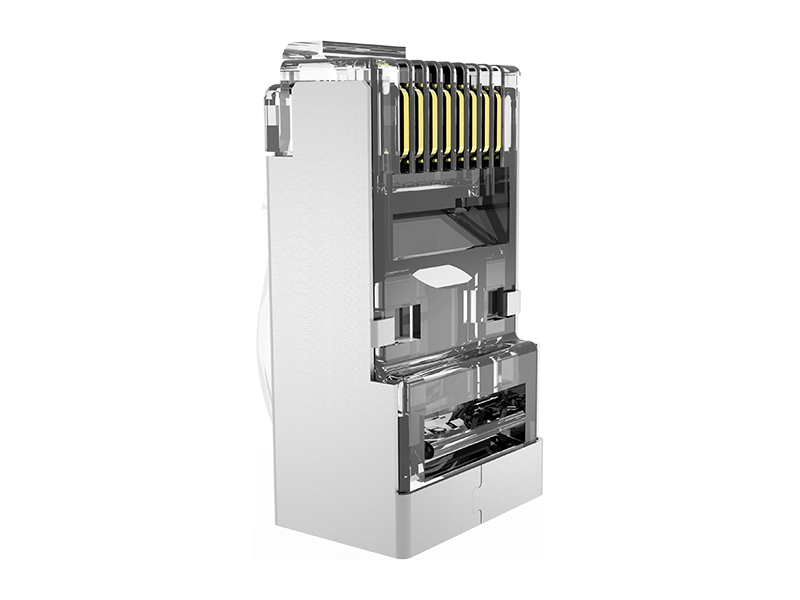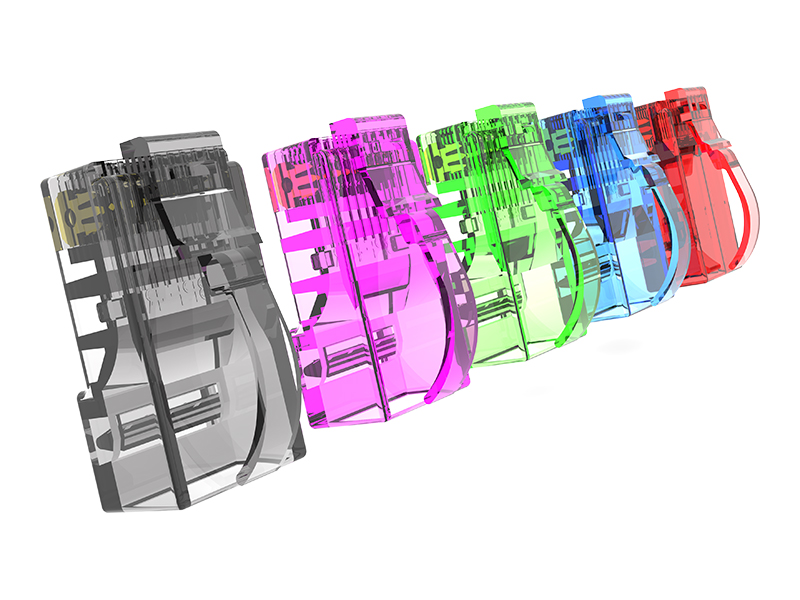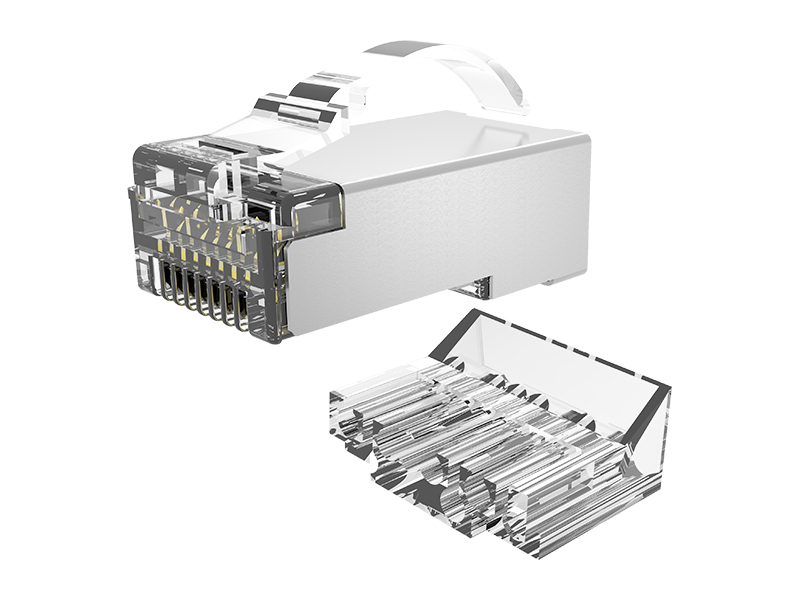As a connecting line product with antibacterial function, the material and manufacturing process of Antibacterial Patch Cord are crucial to maintaining its performance. The following is a detailed introduction to the material and manufacturing process of Antibacterial Patch Cord:
1. Material selection
Conductor material: The conductor part of Antibacterial Patch Cord is usually made of high-purity copper or copper alloy. This material has good conductivity and mechanical strength, which can ensure the stability and reliability of signal transmission.
Insulation material: The insulation layer is a key part to protect the conductor from external interference and damage. The insulation material of Antibacterial Patch Cord is usually made of high-quality polymer materials such as polyvinyl chloride (PVC) or polyethylene (PE). These materials not only have good insulation properties, but also have certain flexibility and wear resistance.
Antibacterial coating: In order to give Antibacterial Patch Cord antibacterial function, manufacturers will apply an antibacterial coating on its surface. This coating is usually made of antibacterial agents such as nano-silver ions, which can effectively inhibit the growth and reproduction of bacteria.
2. Manufacturing process
Conductor processing: First, high-purity copper or copper alloy materials are processed into conductor cores that meet the requirements through processes such as wire drawing and twisting. This process needs to ensure that the diameter, structure and other parameters of the conductor core meet the standards.
Insulation layer extrusion: Next, the insulation material is evenly coated on the conductor core through an extruder to form a dense insulation layer. Parameters such as temperature and pressure need to be controlled during the extrusion process to ensure the uniformity and quality of the insulation layer.
Antibacterial coating coating: After the insulation layer is formed, the antibacterial coating is evenly coated on the surface of the insulation layer by spraying, dipping and other methods. The coating amount, uniformity and other parameters of the antibacterial coating need to be strictly controlled to ensure the effective performance of its antibacterial properties.
Cable and braiding: The conductor cores coated with antibacterial coating are combined in a certain arrangement to form a cable core. Then, one or more protective layers are added to the outside of the cable core by braiding or wrapping to improve the mechanical strength and wear resistance of the cable.
Inspection and packaging: Finally, the Antibacterial Patch Cord is strictly inspected and tested to ensure that its performance meets the standard requirements. After passing the inspection, it will be packaged and labeled for transportation and use.
In short, the material and manufacturing process of Antibacterial Patch Cord are important guarantees for its performance. By selecting high-quality materials and adopting advanced manufacturing processes, it can be ensured that Antibacterial Patch Cord has good antibacterial properties and stable and reliable use effects.



 中文简体
中文简体 English
English Français
Français Deutsch
Deutsch عربى
عربى

